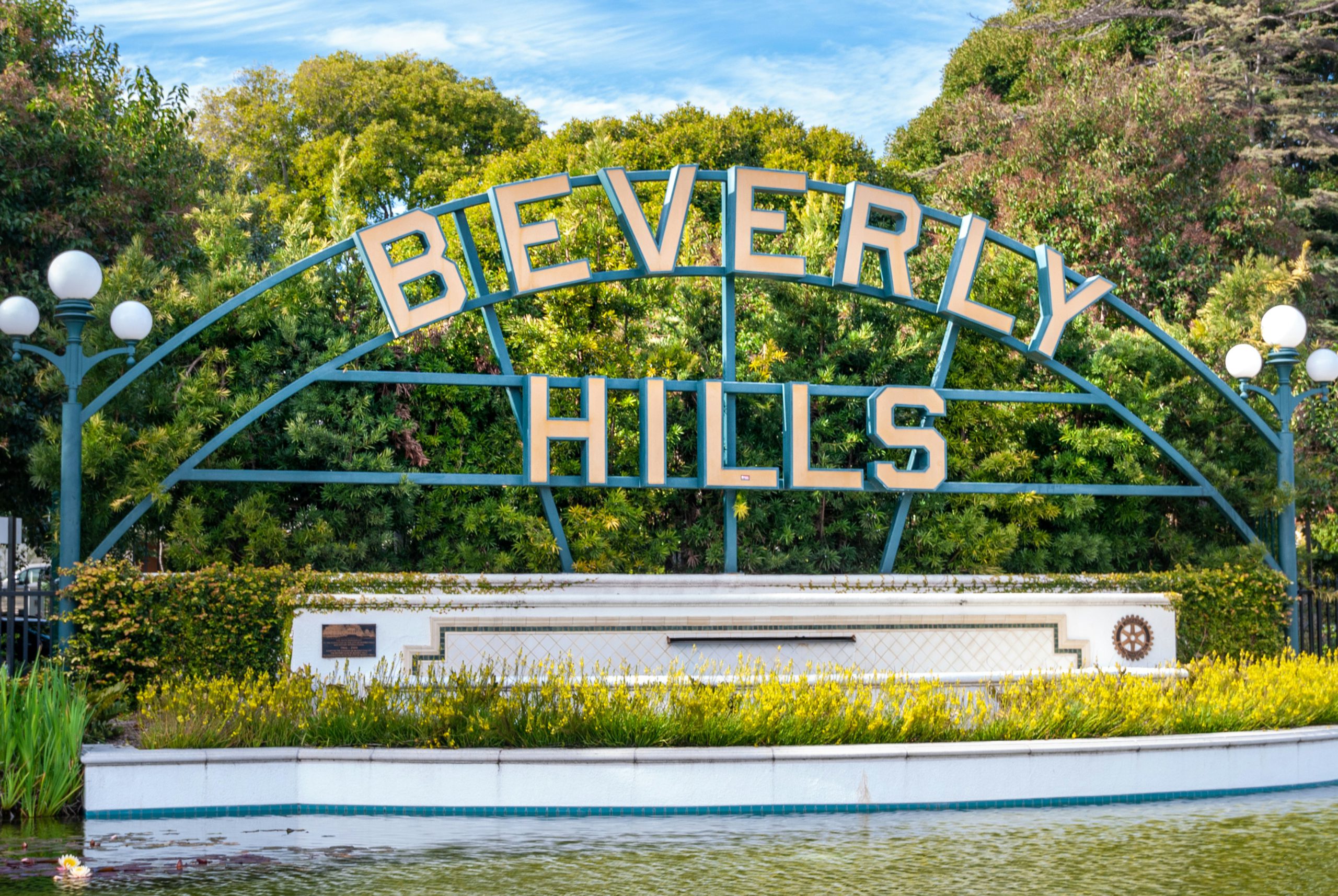Short-term rental (STR) hosts across California are watching closely as Beverly Hills becomes the latest city to take a hard stance against platforms like Airbnb and Vrbo. On July 1, 2025, the Beverly Hills City Council voted 4 to 1 in favor of banning most small-scale short-term rentals, a decision that could send shockwaves through the STR industry in high-end urban markets.
If you’re a host or investor, this change isn’t just a local issue, it’s a signal of where regulations may be heading in other cities. In this article, we’ll break down exactly what the city is banning, why they’re doing it, and what it means for STR operators across California and the U.S.
What Did Beverly Hills Just Ban?
As of early July 2025, Beverly Hills is moving to ban all short-term rentals of fewer than:
- 12 months for single-family homes
- 6 months for multi-family residences
That effectively eliminates the traditional Airbnb-style booking model (typically 1–29 nights).
While the final ordinance language is still being drafted, the council is expected to approve it by mid-July. Once passed, enforcement is likely to begin within a few months. (Source: SFGate)
Why Is Beverly Hills Cracking Down?
The city cited several key reasons for its decision:
- Party house complaints: Residents have reported disruptive noise, traffic, and events at STRs in residential neighborhoods.
- Loss of hotel tax revenue: Local officials argue that STRs cut into traditional hotel business, which contributes significantly to the city’s tax base.
- Housing supply pressure: Like many parts of California, Beverly Hills faces a shortage of long-term rental housing. The city believes converting homes to STRs removes inventory from the traditional rental market.
- Wealthy investors overbuying: There’s concern that LLCs and out-of-town investors are purchasing homes not to live in them but to run full-time short-term rentals instead.
In short, Beverly Hills officials see short-term rentals as disruptive and misaligned with the city’s long-term residential goals.
Top 100 Airbnb Rental Markets

Instantly compare the top 100 short-term (Airbnb) rental markets in the US
This Isn’t Just Beverly Hills
Beverly Hills is following a trend that’s gaining momentum across California and the U.S.
Other cities with strict STR rules:
- Santa Monica: Allows STRs only if the host lives on-site and is present during the stay.
- West Hollywood: Requires expensive permits and has heavy enforcement.
- Los Angeles (Certain Zones): Enforces primary residence restrictions and limits to 120 days per year unless extended.
This trend isn’t unique to California either places like New York City, Dallas, and San Diego have introduced or enforced tighter regulations in the last two years.
Legal Pushback in South Lake Tahoe
In contrast, a major legal reversal recently shook up South Lake Tahoe’s short-term rental landscape.
The city had banned most STRs in residential areas under Measure T (approved by voters in 2018). But in 2024, a Superior Court judge struck down the ban, stating it unfairly discriminated against non-resident homeowners.
The city isn’t appealing the ruling, but it’s drafting new, stricter rules to regain control, including:
- A 45-day moratorium on new permits
- Caps on the number of STRs per neighborhood
- Stricter fines for noise and trash violations
Why This Matters to STR Hosts & Investors?
Whether you’re operating in California or another hot rental market, Beverly Hills’ move signals a larger shift in how cities view Airbnb-style rentals.
Key risks and takeaways:
- Increased regulation is spreading, especially in wealthy or high-tourism areas.
- Cities are prioritizing housing availability and resident complaints over STR growth.
- One rule doesn’t fit all, legal outcomes like Tahoe’s show that rules can be challenged, but it’s costly and time-consuming.
What the Data Says?
According to AirDNA’s June 2025 report, the STR industry is still growing but in a different direction:
- STR listings in the U.S. are up 8% YoY
- Booking demand is down 4% YoY
- Mid-term stays (30+ days) have grown 20% in the last 2 years
In saturated or highly regulated cities, many hosts are switching to mid-term rentals to stay compliant and profitable.
What Hosts Can Do Now
If you’re currently operating an STR in California or plan to here are the smart next steps:
1. Understand Local Laws
Don’t rely on general rules. Every city even neighboring ones can have vastly different regulations. Always check local ordinances and zoning rules before listing a property.
2. Consider Mid-Term Rentals (30+ Days)
Mid-term rentals are less regulated in many places and still profitable. These cater to:
- Traveling nurses
- Corporate relocations
- Graduate students
- Families between homes
Platforms like Furnished Finder, Zillow Rentals, and Airbnb (monthly stays) support this model.
3. Stay Professional
If you’re in a city that still allows STRs:
- Follow all local registration and permit rules
- Enforce noise and guest policies
- Use smart home tech to monitor issues proactively
- Maintain good relationships with neighbors
4. Diversify Channels
Don’t just list on Airbnb. Use multiple platforms and your own direct booking site to reduce platform dependency.
Real Host Insight: Going Hybrid
Many experienced hosts are now blending short-term and mid-term strategies depending on season and location. This “hybrid” model helps fill calendar gaps, manage risk, and keep bookings flowing year-round.
For example:
- Short stays during high season (holidays, events, summer)
- 30–90 day bookings during off-season or in STR-restricted areas
This model works well near:
- Hospitals
- Universities
- Corporate hubs
- Military bases
STR Tech Tools That Help
Managing rentals in a changing landscape means having the right tools:
- Chalet Analytics Dashboard – Track local occupancy, pricing trends, and STR regulations
- Wheelhouse – Dynamic pricing
- Hospitable / Hostfully – Automation tools for guest messaging and check-in
What This Means for STR Hosts in 2025?
| Situation | Implication | What You Should Do |
| Beverly Hills ban | STRs under 6 to 12 months soon illegal | Pivot to mid- or long-term rentals ASAP |
| STR growth slowing | More listings, less demand | Adjust pricing, improve listing quality |
| Legal challenges possible | Ban may be overturned (like Tahoe) | Stay informed, but don’t rely on legal wins |
| Cities favor primary residents | Rules may limit non-local hosts | Consider markets more open to investors |
| Mid-term demand rising | Less regulated, still profitable | Explore 30+ day stays |
Final Thoughts
Beverly Hills may be leading the charge now, but more cities are likely to follow. As a host or investor, the smartest move you can make in 2025 is to stay flexible, stay informed, and start diversifying your rental strategy.
Mid-term rentals, hybrid models, and strong compliance practices are the way forward in a tightening regulatory environment.
Don’t wait for the law to change adapt early, and stay ahead.


